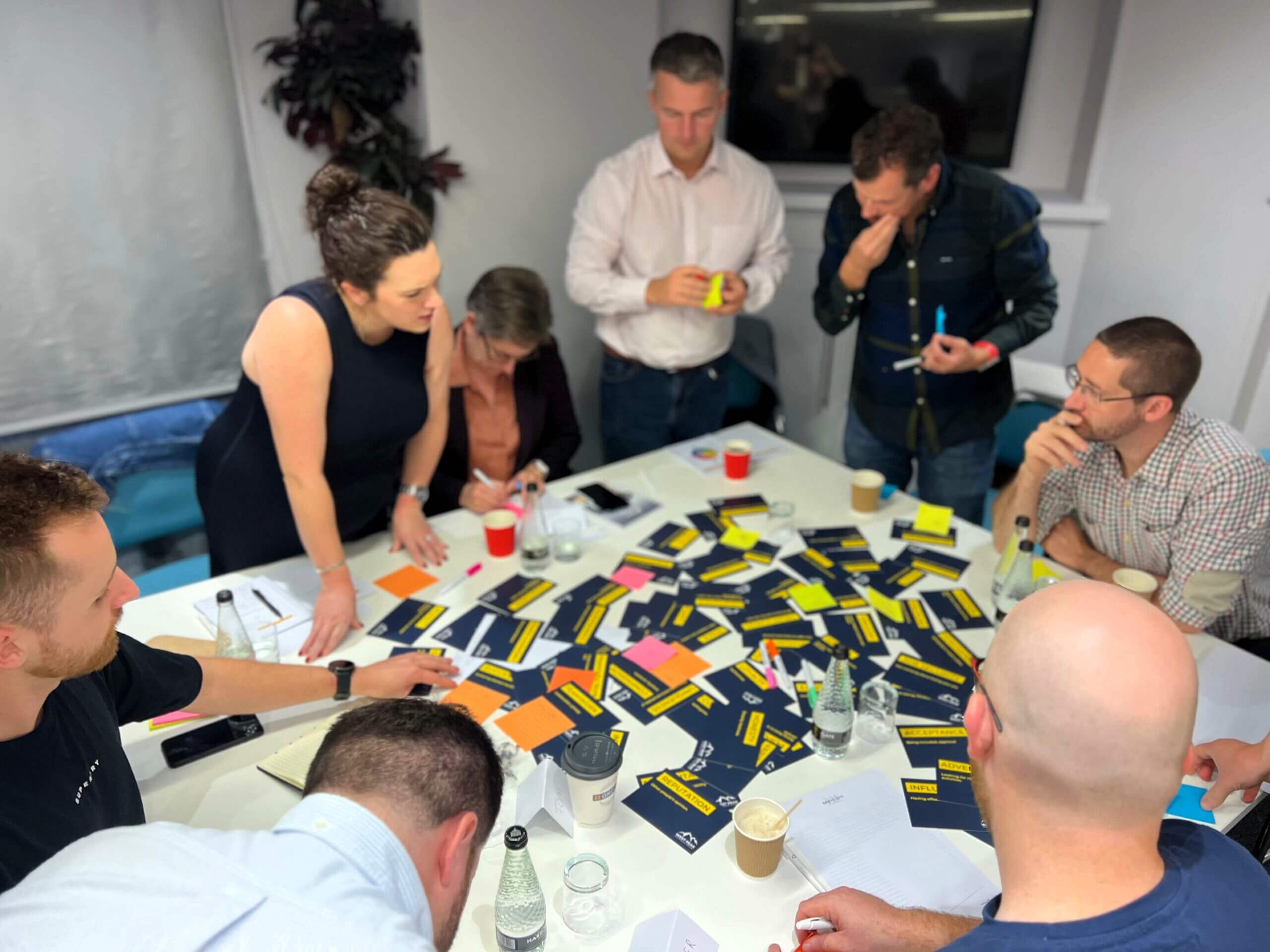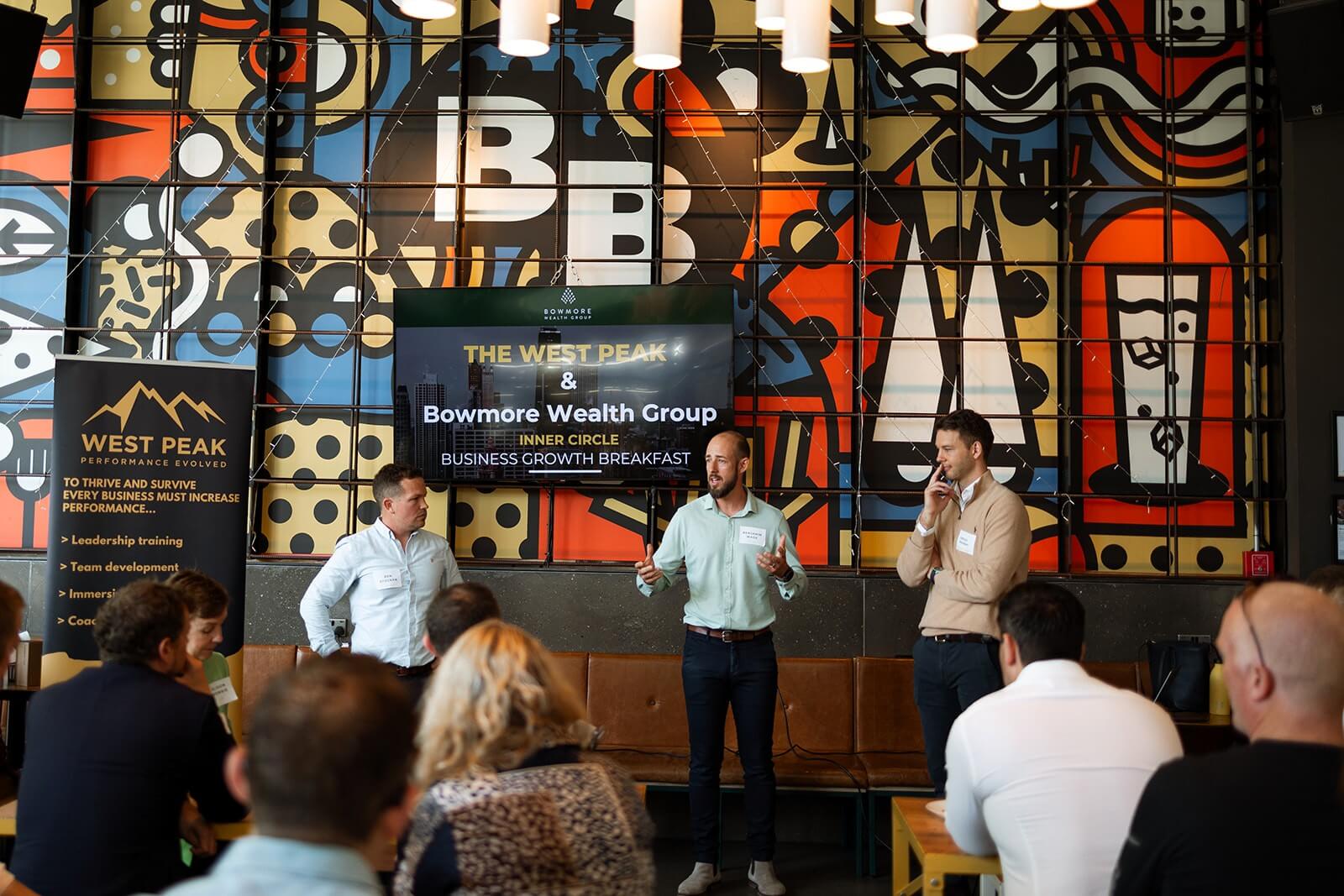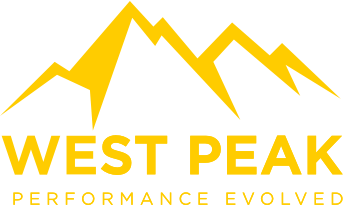From Chaos to Clarity: Building Systems That Scale with You
Chaos isn’t a sign of failure, it’s a byproduct of growth.
When your business takes off, so do the moving parts. What once ran smoothly now feels disjointed. Emails slip through the cracks, teams duplicate work, and decision-making slows to a crawl. This isn’t mismanagement. It’s the natural friction of a business that’s outgrowing its systems.
But if you want to grow on purpose, you need to get intentional about how your business runs. That starts by replacing reactive hustle with repeatable systems, the kind that grow with you, not against you.
-
Chaos Is a Signal, Not a Symptom
Chaos Is a Signal, Not a Symptom
Many leaders misread operational chaos as a people problem. It’s not. It’s a systems problem.
Chaos shows up in:
- Teams chasing down the same information in five different places
- Processes that rely on one person’s memory (and disappear when they go on leave)
- Leaders constantly firefighting instead of thinking ahead
It’s not that your team isn’t capable, it’s that the systems supporting them weren’t designed to scale.
Fun Fact: According to McKinsey, organisations that systematise decision-making processes grow 2.5x faster than those that rely on ad hoc approaches.
-
What Scales: Systems, Not Hustle
What Scales: Systems, Not Hustle
You can’t scale what you haven’t systematised. Hustle gets you off the ground; systems take you the rest of the way.
Smart leaders design systems that:
- Reduce manual decision-making
- Create clarity in how work gets done
- Distribute responsibility through structure, not micromanagement
Think of systems as the “operating rhythm” of your business. From onboarding to reporting to feedback loops, the more these run without needing you, the more scalable your business becomes.

-
System Building ≠ Bureaucracy
System Building ≠ Bureaucracy
Let’s be clear: building systems doesn’t mean building red tape. Great systems empower people, not restrict them.
What systems need to scale well:
- Simplicity over complexity
- Clear ownership and accountability
- Room to evolve as the business grows
If your team resists systems, it’s probably because they’ve experienced bad ones, ones that add steps instead of removing roadblocks.
-
Start With the Bottlenecks
Start With the Bottlenecks
You don’t need to systemise everything at once. Start with friction.
Ask:
- Where are things constantly breaking down?
- What’s the most repeated task that could be automated?
- What’s draining time or energy from your leadership team?
Prioritise these high-impact areas first. Then build repeatable, documented processes around them.

-
Build for Flexibility, Not Perfection
Build for Flexibility, Not Perfection
The best systems aren’t perfect — they’re adaptable.
Your business will shift. People will change. Market demands will evolve. So, your systems need to flex, not snap.
This means:
- Reviewing and refreshing systems regularly
- Involving your team in system design for better buy-in
- Designing for clarity, not just control
-
Leadership Shift: From Doer to Designer
Leadership Shift: From Doer to Designer
As you scale, your job isn’t to fix everything — it’s to design the conditions where things run smoothly without you.
System-building isn’t a one-off project. It’s a mindset. One that asks:
“How can this work without me?”
That question doesn’t signal abdication. It signals maturity.

Conclusion: Don’t Just Grow. Scale On Purpose.
It’s easy to confuse growth with progress. But real progress happens when your business starts running with rhythm, not resistance.
Systems give you clarity. Clarity gives you speed. And speed — without the chaos — is what separates businesses that grow from those that scale.
Subscribe to our Podcast
Hosted by our very own Ben Stocken and Benjamin Wade our ‘How They Lead’ podcast aims to evolve the way people perform in leadership roles by showcasing a variety of high performance interviews with people from Patrick Kershaw from The RAF Red Arrows to CEO’s like Steve Phillips who help large brands like Pepsi, Mars and Unilever.
Get one step ahead – Click below to subscribe.










